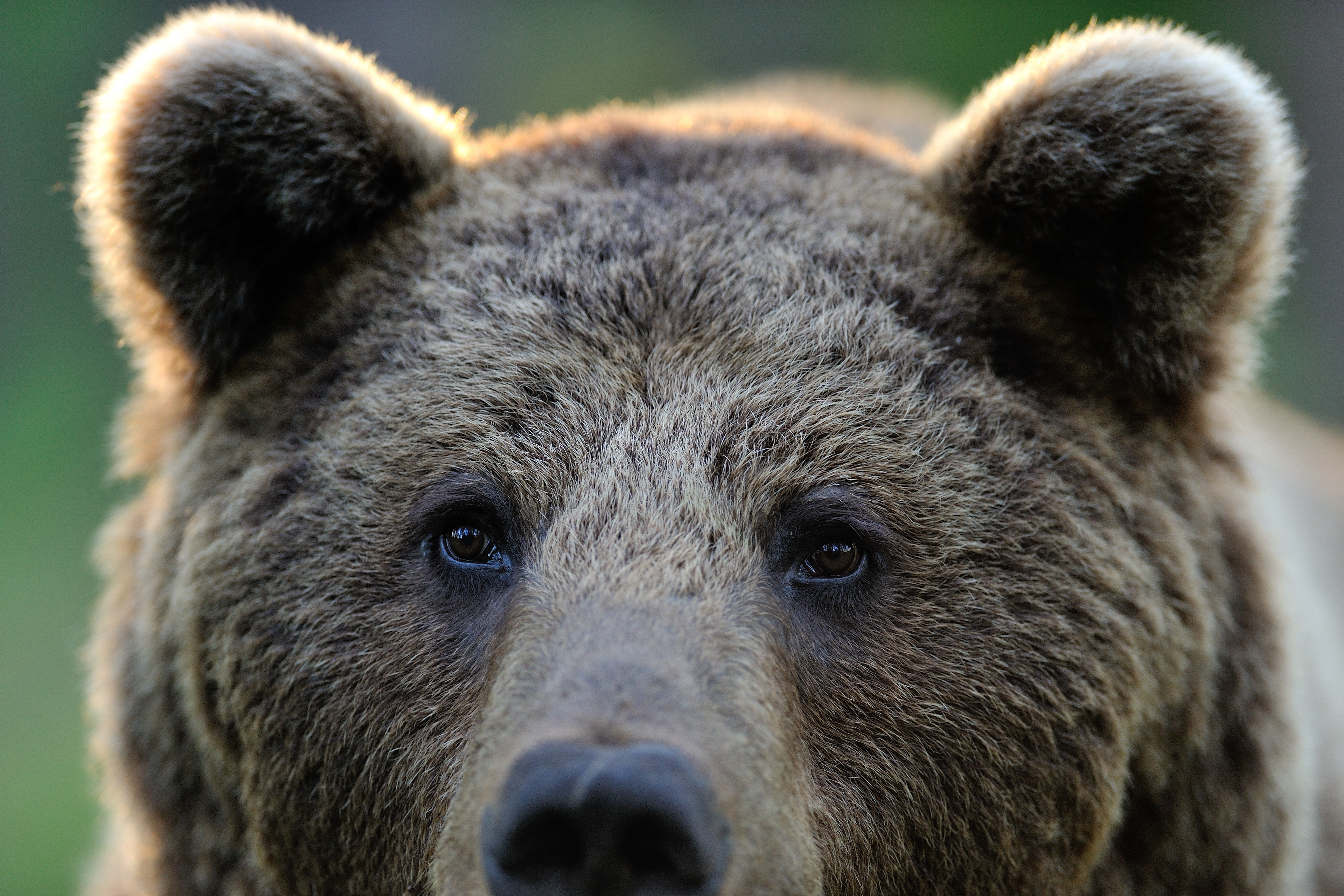- Bears have solved major problems of modern medicine

Les norsk versjon av denne artikkelen på forskning.no
Together with Professor Atle Mysterud, Swenson led the 2015/2016 CAS research project Climate effects on harvested large mammals. Normally, Swenson works with the world’s second oldest brown bear project: the Scandinavian Brown Bear Research Project. He says:
– Bears are a really nice species to work with, because they are asleep half of the year.
This means that the researchers do not have to follow them all year round. Hibernation enables the researchers to focus on analysis for the remaining half year. When spring comes, the bear researchers have around seventy bears with radio collars on, mostly in Sweden, but there are also one or two bears in Norway that are being studied:
– We have to change the collars every third year. When the females have yearlings, we catch them all. We implant transmitters in the yearling females, so that we don’t have to catch them again during the next few years, which is a period of rapid growth.
It sounds a little dramatic to implant a transmitter, Swenson admits, but argues that this way is ethically better than capturing the bears using helicopters each year during their rapid growth period.
In any case, this is how they are able to be in an office at CAS in Oslo and receive detailed data on how and what the bears are doing.
Read more about the CAS project in an interview with group leaders Professor Atle Mysterud and Professor Jon Swenson
Contacted by the French space agency
The bear researchers focus on females, but the male bears are also under observation. Medics who want to resolve some questions about significant human disease patterns have given them temperature and heart rate logger implants to put in young male and female bears. Swenson explains:

– The bear is an interesting model for the modern human disease syndrome: we get fat and we are not very active. The bears also get obese and they have a lot of cholesterol in their blood. They gain fifty per cent of their weight during the autumn, and then they lie down to sleep for six months. A human would never get up again.
Swenson lists some of the incredible medical features of bears during hibernation: they do not have heart attacks; cholesterol does not accumulate in their arteries; they do not have blood clots, bed sores, osteoporosis, and they lose little muscle mass; they maintain a fairly high body temperature; they do not eat or urinate, and they do not have kidney failure, even though they have nitrogenous waste in their blood system. Swenson observes,
– During hibernation, they may wake, and get up, and they give birth and nurse their young. Bears have solved the major problems of modern medicine.
Solved in what way?
– That’s the question. We have received funding from some medical bodies, but also from the CNES, because astronauts also have these problems of inactivity. How have the bears handled these biochemical mechanisms physiologically?
Swenson concludes:
– If you could find the answer, there could be some novel ways to deal with some of these human diseases.